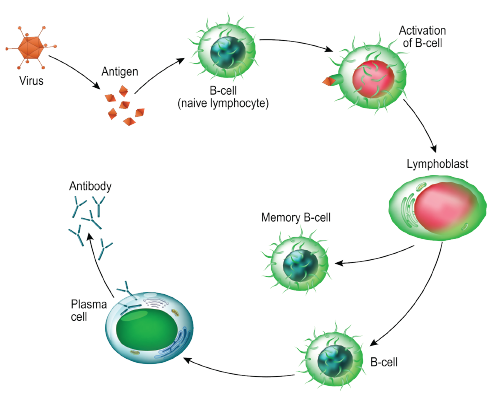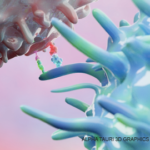What They Found
Results showed the RA-CCPpos B cells differentially express IL-15α and genes related to protein citrullination, as well as signaling of cyclic adenosine monophosphate (cAMP), which regulates several immune pathways in RA. This indicates that, unlike RA-CCPneg B cells, RA-CCPpos B cells play a potential role in protein citrullination and inflammation.
Other findings were consistent with previous studies of B cell pathways related to excess production of tumor necrosis factor (TNF), a protein associated with inflammation in RA patients, Dr. Varadarajan says. More surprising was that the receptor for the cytokine IL-15 was present specifically only in the autoreactive B cells from patients with RA.

Designua / shutterstock.com
“They were not on either the healthy B cells or the B cells that were not autoreactive in these RA patients,” Dr. Varadarajan says.
Researchers also discovered new information about amphiregulin, Dr. Varadarajan says. For years EGF ligands have been well chronicled for their role in the development of cancer and RA. “One of the surprising things that came out of our study was that a particular family member, called amphiregulin, was present in the autoreactive B cells” from the donor RA patients but was not present in the proteins from healthy donors, he says.
To further investigate the role of amphiregulin in autoreactive B cells, the team conducted validation studies that indicated the concentration of the protein was higher in blood and the synovial fluid of CCP-positive patients with RA, he says. These elevations spur the proliferation of an aggressive phenotype of fibroblast-like synoviocytes.
“That also confirmed the importance of this particular protein that we found in these autoreactive B cells. Prior to this, we are not aware of any study that shows that B cells are even capable of making [amphiregulin],” Dr. Varadarajan says.
Learning About the Pathways
The amphiregulin discovery is significant because the protein appears to work in concert with anti-citrullinated protein antibodies to cause increased differentiation of multi-nucleated osteoclasts, cells responsible for bone erosion.
“That’s the finding that links everything together,” Dr. Varadarajan says. “The B cells can produce these amphiregulins, and B cells also make these autoantibodies.
“If we take a step back and think globally, we’ve produced a map of what is different between autoreactive B cells and B cells from healthy donors,” he says.
The generated data lay the groundwork for other researchers who want to further investigate B cell pathways in RA and other autoimmune disorders, Dr. Mahendra says.


